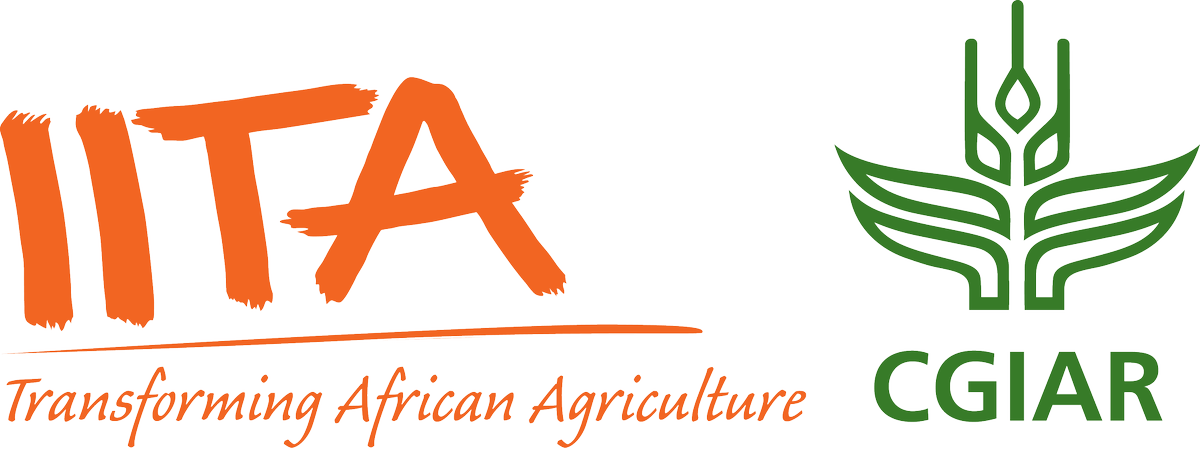Welcome to the International Institute of Tropical Agriculture Research Repository
What would you like to view today?
Comparing fresh root yield and quality of certified and farmer-saved cassava seed

View/
Date
2024-09-06Author
Yabeja, J.W.
Manoko, M.L.K.
Legg, J.
Type
Review Status
Peer ReviewTarget Audience
Scientists
Metadata
Show full item recordAbstract/Description
Formal systems supporting the delivery of high-quality cassava seed are being established in several key cassava producing countries in Africa. Questions remain, however, about the value of certified cassava seed when compared to seed which is recycled multiple times, which is standard farmer practice. A study was therefore conducted to compare fresh cassava root yields of high-quality seed (HQS) versus farmer-saved (recycled) seed (FSS) for three widely grown improved cassava varieties in Tanzania namely: Mkuranga1, Kiroba and Mkombozi. Field experiments were established in two sites in different agricultural zones: Mkuranga (Coast Zone) and Maruku (Lake Victoria Zone). Four HQS sources (pre-basic, basic, certified, quality-declared), collectively referred to as HQS, were compared with FSS with respect to cassava brown streak disease (CBSD) foliar and root incidences, fresh root yield, marketable fresh root yield, and usable fresh root yield for each variety in the two locations. Results showed that foliar CBSD incidence in FSS was significantly greater than it was for HQS in Mkuranga1 and Kiroba varieties but not for Mkombozi. CBSD root incidence was on average six times more in FSS than in HQS. When comparing FSS with the specific certified seed treatment (CS), 25.8% of the roots were unusable due to CBSD root necrosis for FSS, compared to only 3.7% for CS. CS gave an overall fresh root yield which was 7.5 t/ha more than FSS, representing an 80.6% increase. Yield benefits derived from planting HQS were similar for Kiroba (+80.7%), Mkombozi (+81.3%) and Mkuranga1 (+79.5%), as well as across each of the four HQS classes. When also considering losses arising from severe CBSD root necrosis, the overall yield benefit arising from using CS when compared to FSS was 135%. The average estimated income gain for this increase was US$ 2279/ha, which is many times the estimated cost of obtaining certified seed. These results highlight the value of high quality seed systems and the potential gains that farmers can realize from planting high quality certified seed rather than recycling existing crops.
https://doi.org/10.1016/j.cropro.2024.106932
Multi standard citation
Permanent link to this item
https://hdl.handle.net/20.500.12478/8645IITA Authors ORCID
Juma Yabejahttps://orcid.org/0009-0004-2702-7796
James Legghttps://orcid.org/0000-0003-4140-3757
Digital Object Identifier (DOI)
https://doi.org/10.1016/j.cropro.2024.106932
